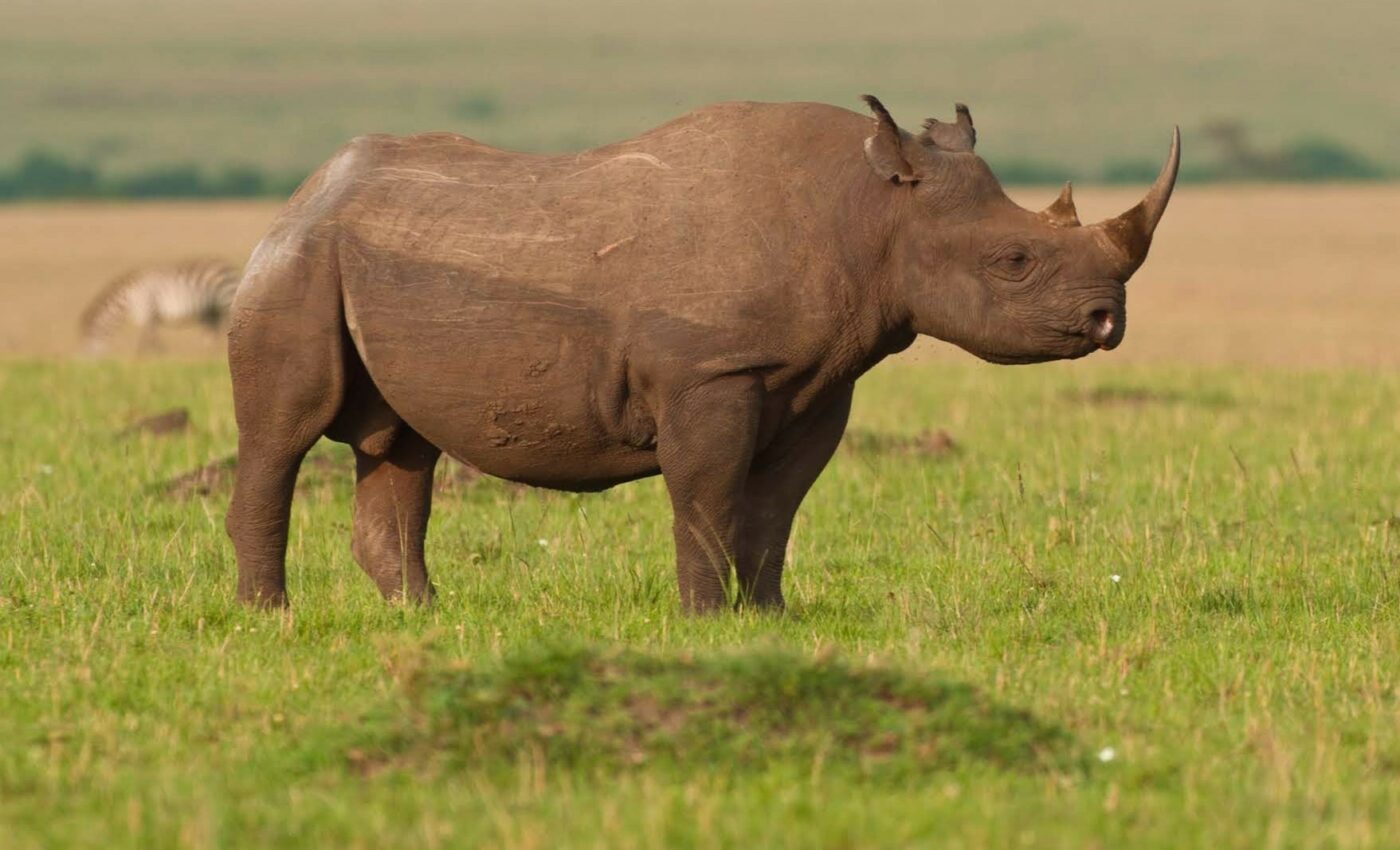
Rhinoceroses have always had low levels of genetic diversity
The evolutionary history of the rhinoceros is unknown. Most of the 100 species of rhinoceroses that were once geographically widespread became extinct before the Pleistocene epoch.
The five rhinoceros species that remain in the world today are all threatened with extinction. It has become critical to understand the genetic origins of these remaining populations because breeding programs are now necessary to prevent all five species from disappearing forever.
In a recent study published by Cell Press, scientists report on their analysis of genomes from individuals of the five extant species, as well as from three species that became extinct during the last Ice Age.
The living species are the African black, African white, greater one horned (Indian), Sumatran and Javan rhinos. The extinct species analyzed for the study include the Siberian unicorn, the Merck’s rhino and the woolly rhino. The results of the analysis contribute to an understanding of the rhinoceros family tree.
“We can now show that the main branch in the rhinoceroses’ tree of life is among geographic regions, Africa versus Eurasia, and not between the rhinos that have one versus two horns,” explained co-author Love Dalén of the Centre for Paleogenetics and the Swedish Museum of Natural History.
“The second important finding is that all rhinoceroses, even the extinct ones, have comparatively low genetic diversity. To some extent, this means that the low genetic diversity we see in present-day rhinos, which are all endangered, is partly a consequence of their biology.”
Since the data used for this study were derived from both modern an ancient DNA, the researchers could not simply put together all the genomic information for analysis. They had to develop new analysis tools to cope with the differences in the types of data. The team used the results to draw up a family tree for the eight species involved.
The results suggest that rhinos as a group diverged from horses and tapirs just over 60 million years ago, and that the Siberian unicorn rhinoceros branched away around 36 million years ago. The Eurasian and African species diverged from one another about 16 million years ago, after the land bridge formed between the Afro-Arabian and Eurasian landmasses.
In terms of genetic diversity, the authors found that present-day species showed significantly lower levels of genome variation than the extinct species did. This is attributed to the huge population declines that modern species have experienced recently.
However, when comparing genetic variation in the eight species of rhinos and in other mammalian families, the rhinos showed the second lowest genetic diversity of any group. Only the family Felidae (containing cats) showed lower diversity and this is explained by the fact that felids are predators and they always have small population sizes.
“We also find that present-day rhinos have lower genetic diversity, and higher levels of inbreeding, compared to our historical and prehistoric rhinoceros genomes,” explained Dalen. “This suggests that recent population declines caused by hunting and habitat destruction have had an impact on the genomes. This is not good, since low genetic diversity and high inbreeding may increase the risk of extinction in the present-day species.”
According to the researchers, their findings will be useful in terms of managing current populations and assisting conservation efforts. “Now we know that the low diversity we see in contemporary individuals may not be indicative of an inability to recover, but instead a natural state of rhinoceros,” said Mick Westbury of the University of Copenhagen, Denmark. “We can better guide recovery programs to focus on increasing population size rather than individual genetic diversity.”
The genomic information can also be used to determine the ancestry of small remaining populations that have become isolated as their habitat fragments.
“We hope that this will provide a framework to better understand where translocated populations may have arisen from, direct changes in genetic diversity, and whether any populations may have been lost forever because of humans,” said Westbury.
The study is published in the journal Cell.
—
By Alison Bosman, Earth.com Staff Writer













